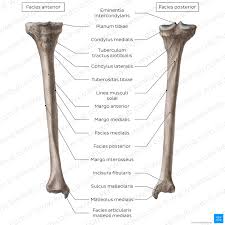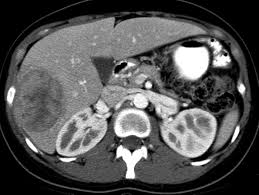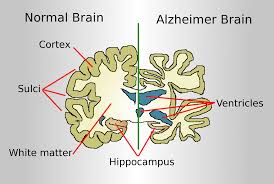
Introduction to the Tibia
The tibia, commonly known as the shinbone, is one of the key bones in the human skeleton. It plays an essential role in supporting body weight and movement, making it a vital structure in both athletics and daily life. In recent years, understanding the anatomy and function of the tibia has garnered increasing attention due to its implications for health, sports medicine, and rehabilitation.
Anatomy and Function of the Tibia
The tibia is the larger and stronger of the two bones in the lower leg, located medially to the fibula. It extends from the knee joint to the ankle joint and is crucial for load-bearing during activities such as walking, running, and jumping. The upper end of the tibia forms the knee joint with the femur, while the lower end articulates with the talus bone of the ankle.
Structurally, the tibia has three primary sections: the proximal end, which includes the tibial plateau; the shaft, which is the long, central part; and the distal end, which features the medial malleolus. The tibial plateau is especially important, as it contains cartilage needed for cushioning and smooth movement at the knee.
Common Injuries and Conditions
Injuries to the tibia can range from minor stress fractures to severe fractures requiring surgical intervention. Athletes, particularly those in high-impact sports like football and basketball, are at increased risk for tibial stress injuries. Additionally, conditions such as osteoarthritis and osteoporosis can impact the health of the tibia, leading to pain and decreased mobility.
Recent studies have highlighted the importance of proper footwear, strength training, and flexibility exercises in preventing tibial injuries. Furthermore, advancements in medical imaging techniques have improved the diagnosis of tibial conditions, allowing for more effective treatment strategies.
Conclusion
Understanding the tibia’s anatomy and its role in overall health is essential for promoting better movement and preventing injuries. As studies continue to evolve, the focus on enhancing tibial health will further benefit athletes and the general population alike. Awareness of tibial conditions and proactive management will empower individuals to maintain an active lifestyle, crucial for overall well-being.
You may also like

Exploring Sarcoma Cancer: Types, Symptoms, and Treatments

The Essential Role of the Liver in Human Health
